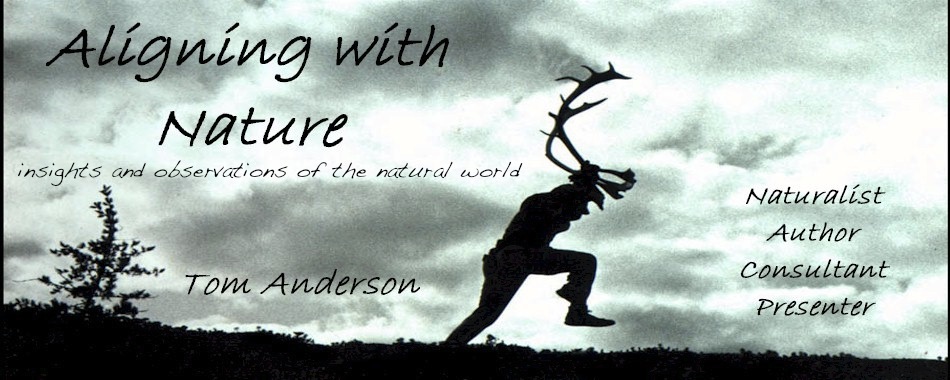Conventions of a Canoe

“I used to think it was a major tragedy if anyone went through life without owning a canoe. Now I think it’s just a minor tragedy..”
-Bill Mason, artist and author Path of the Paddle
Is there a more versatile craft than a canoe? Nope, not in my world.
While we might think of a canoe as simply another form of watercraft it is far more than that. The sleek, quiet boat can carry an adventure’s worth of gear and it can also inspire an overloaded pack’s worth of emotions from calmness to dread to exuberance.
While a canoe usually projects an image of serenity it can also carry the paddler into a copious release of adrenaline.
On my first canoe trip to Hudson’s Bay we paddled the Churchill River. We were one of the last canoe parties to paddle the river before it was dammed. Most remote rapids are unnamed but significant ones bear titles. Mountain Rapids, on the Churchill, was one worthy of a name and it loudly proclaimed its namesake.
At the head of the rapids we all paddled to shore at the head of the rapids to look over the drop on foot. Once the canoes were secured we each took a needed pee. We walked cautiously downriver amongst shoreline boulders and logs, keenly studying the waves, eddies, drops and surges. Nerves urged us to pee again. We decided there was a way we could run it.
We returned upriver to our tied up boats. Nervously we adjusted our lifejackets, made sure all our packs were secure, reminded our paddling partner of key sections of our proposed route and then …took another nervous pee. Carl, always the lighthearted conveyer of needed humor, offered a new system for rating whitewater. He declared, “Wow, this is a “three-pee rapids!”
We got soaked as we flew down the rapids with waves surging over the sides of the canoes. Everyone felt the jubilation of a successful run and adrenaline never tasted so good.
The canoe is my preferred vehicle to go where human footprints are rare or for the moment absent. The canoe helps me explore the wild and my own mind. Silence is a welcome and desired canoe partner. Cognitive healing, pondering passions and purpose are made easier in the company of a canoe.
My canoe is often a co-artist as it sculpts a smile on my face as we perform our elegant liquid cursive across a morning mirrored lake surface. Though the art is ephemeral, it’s forever indelible in my mind.
The canoe can clean the mind and the body. I recall a successful morning of fishing from the canoe. I hauled the boat up on shore to scrub the slimy floor. I dumped the water, rinsed it with clean water and then filled the hull halfway with fresh lake water and let it warm in the sun for a few hours for a wonderful evening bath.
The canoe can be a garment while portaging. A portage is the act of carrying the canoe from one body of water to another. It usually requires you to swing the canoe up on your shoulders. On a hot sunny day after I don my canoe it becomes a sun bonnet of sorts. And during a rainy portage the canoe becomes a rain hat and elongated umbrella.

There are times when my canoe has served as a sleeping quarters. Once my friend Nels and I thought it would be fitting to emulate the early voyageurs’ habit of sleeping under the canoe.

We carried the canoe up from the river to a flat spot, set it down with the hull turned skyward. We propped the canoe up to create a lean-to, rolled out our sleeping bags and settled in under our shelter for the night. Perfect. Until the mosquitoes roused themselves at dusk. We ended up burrowing into our sleeping bags where we grumbled about how hot and stuffy it was in our perfect camp. But we had a roof over us. I’ve never tried a night under a canoe again but I suspect it would be quite wonderful in early spring or after an autumn frost when the world is mosquito-free.
In a similar vein, my canoe has served as abed. I once floated all night on the St. Croix River while cozied in a sleeping bag. My self imposed rule was that I could only paddle when an eddy or some impediment halted my downstream progress. In nearly 24 hours I took less than 75 paddle strokes. An easy outing I should say.
I would be remiss not to mention the other role of a bed and it is said that the rock of a canoe, in the intimate company of another supine paddler is quite memorable.
My canoe has served as an aquatic cart. It has hauled moose meat, duck and geese, fish, wild rice and firewood.
My seventeen-foot Mad River Explorer was a great tripping boat. It could easily carry a month’s worth of gear. Its voluminuous capacity and slight rocker shape made it an ideal boat in big rapids. By the time I added a portage yoke, snaps for a splash cover and kevlar skid plates beneath the bow and stern to beef it up for the eventual meeting of hull and rock, the boat weighed in at 84 pounds. Time wears down even rocks. And so it was with me and that old canoe.
Now, portaging my 44-pound kevlar canoe seems almost like cheating. And my old Mad River, scarred with cracks and dings made its last portage to our garden where it was stripped of its ash rails, thwarts and seats and now serves as a raised bed for growing vegetables.
Enough. I need to push away from these words and go pull weeds out of a canoe or go paddle.
I wish all choices were so easy. Go paddle.

